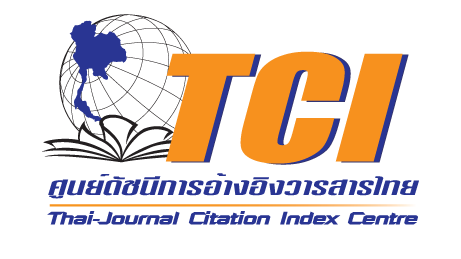Organizational Toxicity: A Painful Situations and Impacts that Occur to High-performing Sales Employee in the Workplace
DOI:
https://doi.org/10.14456/ncrj.2024.8Keywords:
Organizational Toxicity, Organizational Climate, Human Resource ManagementAbstract
Organizational toxicity is the negative and harmful environment that exists within an organization. This toxic environment is characterized by a fear, mistrust,and competition that often leads to high levels of stress, burnout, and turnoveramong employees. Metha is a salesperson who is facing a toxic work environmentand has been impacted to the point where he feels genuinely frustrated, disappointed, and wants to resign. The harmful toxicity that occurs in this workplace, if leftunaddressed, could be a cause for the organization to lose good employees whohave valuable skills, which is regrettable. To cope organizational toxicity, it is essentialto identify the root causes of toxicity and implement strategies that foster a positiveand supportive workplace culture. By creating a healthy and inclusive work environment, organizations can not only retain their talent but also attract new talent and enhance their performance.
References
Abbas, M., & Saad, G. B. (2020). An empirical investigation of toxic leadership traits impacts on workplace climate and harassment. Talent Development & Excellence, 12(3), 2317-2333.
Alvesson, M., & Sveningsson, S. (2015). Changing organizational culture: Cultural change work in progress. Routledge.
Edmondson, A., & Lei, Z. (2014). Psychological safety: The history, renaissance, and future of an interpersonal construct. Annual Review of Organizational Psychology and Organizational Behavior, 1, 23-43.
Einarsen, S., Skogstad, A., Rørvik, E., Lande, Å. B., & Nielsen, M. B. (2018). Climate for conflict management, exposure to workplace bullying and work engagement: A moderated mediation analysis. European Journal of Work and Organizational Psychology, 27(5), 580-591.
Follett, M. P. (1940). Constructive conflict. In H. C. Metcalf & L. Urwick (Eds.), Dynamic administration: The collected papers of Mary Parker Follett (pp. 30-49). New York: Harper & Row.
Kasalak, G. (2019). Toxic behaviors in workplace: Examining the effects of the demographic factors on faculty members' perceptions of organizational toxicity. International Journal of Research in Education and Science (IJRES), 5(1), 272-282.
Levy, P. E., Tseng, S. T., Rosen, C. C., & Lueke, S. B. (2017). Performance management: A marriage between practice and science-Just say "I do". In Research in personnel and human resources management (pp. 155-213). Emerald Publishing Limited.
Men, L. R. (2014). Strategic internal communication: Transformational leadership, communication channels, and employee satisfaction. Management communication quarterly, 28(2), 264-284.
Mir, H., Nastiezaie, N. (2022). The effect of organizational toxic climate on teachers' imaging management with the role of mediator probability of work. Management and Educational Perspective, 3(4),37 -58.
Rahim, A., Civelek, I., & Liang, F. H. (2018). A process model of social intelligence and problem-solving style for conflict management. International Journal of Conflict Management, 29(4), 487-499.
Sundt, J. L. (2016). The effect of administrative segregation on prison order and organizational culture. In M. Garcia (Ed.), Restrictive housing in the U.S. (pp. 297-330). Washington, DC: National Institute of Justice.
Sull, D., Sull, C., Cipolli, W. and Brighenti, C. (2022), Why every leader needs to worry about toxic culture. MIT Sloan Management Review, Retrieved from: https:// sloanreview.mit.edu/article/why-everyleader-needs-to-worry-about-toxic-culture/
Tepper, B. J. (2007). Abusive supervision in work organizations: Review, synthesis, and research agenda. Journal of Management, 33(3), 261-289.

Downloads
Published
How to Cite
Issue
Section
License
Copyright (c) 2025 NIDA Case Research Journal

This work is licensed under a Creative Commons Attribution-NonCommercial-NoDerivatives 4.0 International License.




